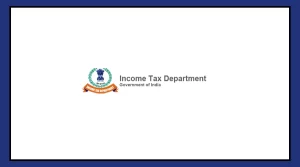US President Donald Trump has once again taken a tough stance on trade with India. On July 31, he signed an executive order to impose an additional 25% tariff on goods imported from India.
This new duty will be added on top of the existing ‘Most Favored Nation’ (MFN) rates. As a result, India may suffer export losses of nearly $20 billion (approximately ₹1.75 lakh crore) in the financial year 2025–26.
The new tariffs come into effect from August 1. However, a temporary relief has been granted for Indian shipments that leave India before August 7 and arrive in the US by October 5.
These shipments will still be charged the older 10% duty. After October 5, the new higher tariff will fully apply to all imports.
Sectors Most Affected by the New Tariff
The hardest-hit sectors will be those that are labor-intensive and export large volumes to the US. These include textiles, gems and jewelry, leather, chemicals, and engineering goods.
In the engineering sector alone, India exported goods worth over $20 billion in FY25, including steel and aluminum—both of which already face sector-specific tariffs of up to 50%.
Which Products Are Exempted?
Some sectors have been spared from the new tariff hike. Indian exports in pharmaceuticals, active pharmaceutical ingredients (APIs), electronics, semiconductors, smartphones, computers, and energy products will still enjoy zero duty.
These exempted goods account for about $30 billion in exports. However, the US has warned that these exemptions might not last and duties could be applied to these sectors in the future.
Bilateral Trade Agreement Talks Ongoing
Negotiations are still underway between India and the US regarding a bilateral trade agreement. If successful, this deal could bring some relief from the high tariffs.
Until then, Indian exporters need to be cautious and consider strategic changes to deal with the new trade conditions.
























